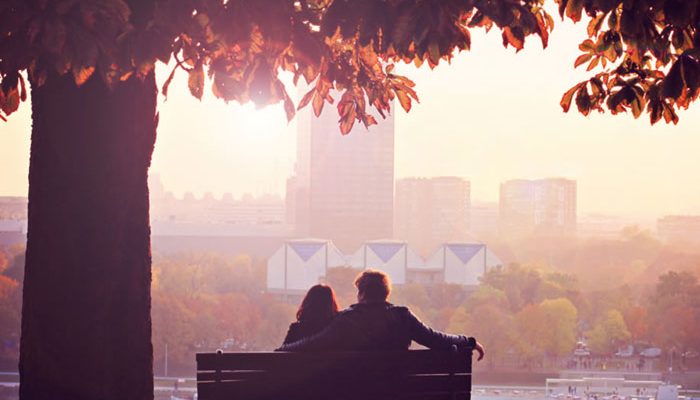Over the course of a lifetime, everyday wear and tear can really take its toll on the spine. Think of all of the hours you have spent stressing your cervical spine by looking downwards – perhaps while reading, studying, looking at a computer screen, doing your job, cooking, folding laundry, and now even texting on a daily (or maybe hourly) basis! Depending on your line of work and lifestyle, other regions of your spine may have also experienced basic or even extensive stress due to everyday wear and tear. When you combine all of this use over the decades with the natural aging process, the result is that certain parts of the spine start to degenerate or “wear out.” In this article, we briefly describe a few of the most common conditions and diseases that affect the spine as we age.
Osteoarthritis
As we age, the joint cartilage between our bones becomes thinner and wears out. This process of deterioration or “wearing out” is a medical condition known as Osteoarthritis. A person suffering from Osteoarthritis will commonly complain of pain and stiffness in the spine, as well as a decreased range of motion and swelling. According to the Center for Disease Control & Prevention (CDC), Osteoarthritis currently affects an approximate 30 million adults in the United States. Those most at risk for developing Osteoarthritis include women over the age of 50, the obese, those who have had an injury, and those people such as athletes who have routinely “overused” and put repetitive stress on certain joints. Further, people who have a family history of Osteoarthritis are more likely to develop this condition.
Degenerative Disk Disease
To a certain extent, every person experiences Degenerative Disk Disease as a part of the natural aging process. As we grow older, the ligaments that surround the disks in our spine become more brittle and susceptible to tearing. The soft “jelly-like” center of the disk that was once quite thick begins to dry and shrink. Our intervertebral disks become less effective at absorbing shock and they lose their flexibility and even elasticity. While we will all develop Degenerative Disk Disease as we age, it is important to note that not everyone will experience pain or have any symptoms.
Spinal Stenosis
When someone has spinal stenosis, it means that their spinal canal has become constricted. This condition is most common in people over 50 years of age. While the exact cause of spinal stenosis can vary from one person to another, we do know that bone spurs, herniated disks, and shifted vertebrae in the spine are the most common causes of this condition.
Myelopathy
Myelopathy refers to a loss of spinal cord activity and is due to either a sudden injury or the natural degeneration of the spine during the aging process. This serious condition is often detected when a person is experiencing generalized weakness, problems with balance and coordination, and has difficulty walking. Myelopathy affects the entire spinal cord and is most common among the elderly.
Diet, exercise, healthy lifestyle choices and certain key preventive measures can go a long way in minimizing the effects of age-related spine conditions. You can rely on our Spine Specialists at the Stridewell Same-Day Spine Clinic for all of the guidance you need to manage your symptoms and live a long life free from the constraints of spine-related pain! Stridewell Tips
Herniated Disk
You can think of a spinal disk like a jelly donut. Like a donut, a spinal disk has a softer interior, called the nucleus pulposus, which is encased with a stronger exterior. A herniated disk occurs when the disk’s softer “jelly” substance gets squeezed out of the disk through a tear in the stronger exterior. Due to everyday wear and tear, we become more susceptible to having herniated disks as we age. Herniated disks are also commonly referred to as “ruptured disks” or “slipped disks.”
Spondylolysis
Our spinal column is made up of vertebrae. Spondylolysis refers to a crack or stress fracture in one of the vertebrae. While this injury can occur in developing children and adolescents, especially those who participate in sports such as gymnastics and football, Spondylolysis is also common among adults middle-aged and older who have degenerative disks and vertebrae in their back. The main cause of Spondylosis is actually the normal aging process because, as we grow older, many of the components in our anatomy that we once relied upon to support our spine naturally begin to deteriorate.
read article


